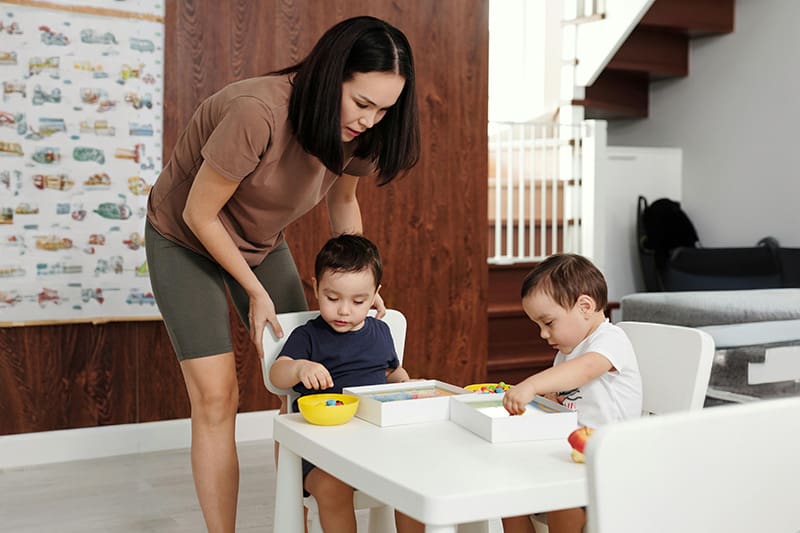Applied Behavior Analysis (ABA) therapy is a well-established, evidence-based approach for helping children with autism spectrum disorder (ASD) and other developmental delays. While ABA is often conducted by trained professionals, parents can play a vital role in reinforcing these techniques at home. This guide will explore how parents can integrate ABA therapy into their daily routines to support their child’s development.
Understanding ABA Therapy
ABA therapy is based on the principles of learning and behavior. It focuses on how behaviors are learned and how they can be changed. By breaking down skills into small, manageable steps and providing positive reinforcement, ABA helps children acquire new behaviors and reduce challenging ones.
The Importance of Parent Involvement in ABA Therapy
Parent involvement is a crucial component of successful ABA therapy. Research has shown that when parents actively participate in their child’s ABA program, the child makes greater progress and generalizes skills more effectively. By learning ABA techniques and incorporating them into everyday activities, parents become powerful partners in their child’s development.
Practical Ways to Practice ABA Therapy at Home
-
Create a Structured Environment:
- Establish consistent routines for meals, playtime, and bedtime.
- Use visual schedules to help your child anticipate upcoming activities.
- Organize toys and materials in designated areas to promote independent play.
-
Use Positive Reinforcement:
- Identify your child’s preferred activities and items (e.g., toys, snacks, praise).
- Offer immediate reinforcement after your child demonstrates a desired behavior.
- Use verbal praise and physical affection to celebrate your child’s successes.
-
Break Down Skills into Smaller Steps:
- Teach new skills by breaking them down into small, manageable steps.
- Provide prompts and guidance as needed, gradually fading them out as your child learns.
- Use visual aids and modeling to demonstrate desired behaviors.
-
Practice Discrete Trial Training (DTT):
- DTT is a structured teaching method that involves presenting a clear instruction, providing a prompt if needed, and offering immediate reinforcement for correct responses.
- This approach is effective for teaching specific skills, such as communication, self-care, and social interaction.
-
Incorporate Naturalistic Teaching Strategies (NET):
- NET focuses on teaching skills in the context of everyday activities and routines.
- This approach can help your child generalize skills and apply them to new situations.
- Use naturally occurring opportunities to teach new skills, such as during mealtime, bathtime, or playtime.
-
Address Challenging Behaviors:
- Identify the triggers for challenging behaviors and try to prevent them.
- Teach replacement behaviors that serve the same function as the challenging behavior.
- Use positive reinforcement to reward appropriate behavior.
- If challenging behaviors persist, consult with a behavior analyst for additional guidance.
Tips for Success
- Collaborate with Your Child’s ABA Therapist: Maintain open communication with your child’s therapist to ensure consistency between home and therapy settings.
- Be Patient and Consistent: ABA therapy takes time and effort. Be patient with your child’s progress and remain consistent with your approach.
- Celebrate Small Victories: Every step forward, no matter how small, is worth celebrating. Acknowledge your child’s achievements and effort.
The Power of Partnership
By actively participating in your child’s ABA therapy program, you are not only helping your child learn new skills, but you are also strengthening your bond and creating a positive learning environment. Remember, you are your child’s most important teacher, and your involvement can make a significant difference in their development.
Chicago ABA Therapy: Supporting Families on Their Journey
At Chicago ABA Therapy, we believe in the power of partnership between parents and professionals. We offer comprehensive ABA services, parent training, and ongoing support to help families navigate the challenges and celebrate the successes of raising a child with ASD. Contact us today to learn more about how we can help your family thrive.










